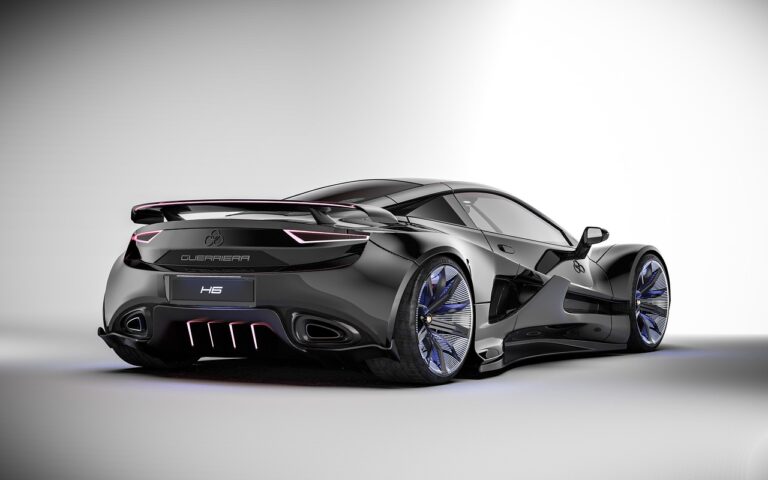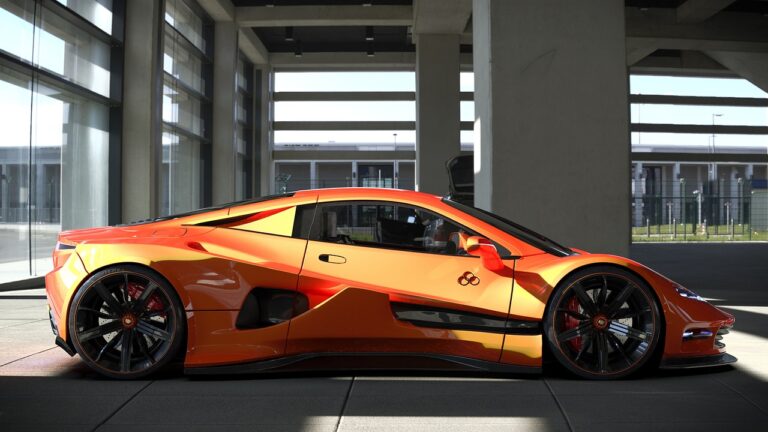Automotive Industry and Energy Efficiency
Achieving energy efficiency in the automotive industry poses significant hurdles for manufacturers. One major challenge is the demand for powerful engines while also meeting strict fuel efficiency standards. Balancing these two conflicting requirements often involves costly research and development to engineer engines that deliver high performance without compromising on fuel economy. This can put pressure on automakers to invest heavily in new technologies and materials, impacting their overall production costs.
Another key challenge is the weight of vehicles, as heavier cars require more energy to operate. However, reducing vehicle weight can be a complex and costly process, as it often involves redesigning components and using lightweight materials such as aluminum and carbon fiber. Achieving a balance between vehicle weight, safety, and performance is crucial for manufacturers striving to improve energy efficiency in their vehicles.
Impact of Energy Efficiency Regulations on Automotive Manufacturers
Automotive manufacturers are facing increasing pressure to comply with energy efficiency regulations set forth by governing bodies worldwide. These regulations aim to reduce carbon emissions, promote sustainable practices, and drive innovation within the industry. Automakers are compelled to invest in research and development to create vehicles that meet stringent efficiency standards while maintaining performance and customer satisfaction.
Compliance with energy efficiency regulations not only poses challenges for automotive manufacturers but also offers opportunities for growth and differentiation in the market. Companies that can successfully navigate these regulations and incorporate energy-efficient technologies into their vehicles stand to gain a competitive advantage. Embracing these regulations can also enhance brand reputation and consumer trust, as more customers prioritize sustainability and environmental responsibility in their purchasing decisions.
Technological Innovations Driving Energy Efficiency in Vehicles
Vehicle manufacturers are continuously incorporating advanced technologies to enhance energy efficiency in their products. One significant innovation is the development of electric and hybrid vehicles. These vehicles utilize rechargeable energy storage systems, such as lithium-ion batteries, to reduce reliance on traditional fossil fuels and decrease emissions. Additionally, automakers are focusing on improving aerodynamics by streamlining vehicle designs, resulting in reduced drag and improved fuel efficiency.
Moreover, the integration of lightweight materials, such as carbon fiber and aluminum, in vehicle construction is another key technological advancement driving energy efficiency. Lighter vehicles require less energy to propel, leading to enhanced fuel economy and reduced greenhouse gas emissions. Furthermore, the implementation of innovative powertrain technologies, like turbocharging and variable valve timing, improves engine efficiency, resulting in optimized performance and reduced fuel consumption.
Electric and hybrid vehicles use rechargeable energy storage systems to reduce reliance on traditional fossil fuels
Focus on improving aerodynamics through streamlined vehicle designs leads to reduced drag and improved fuel efficiency
Integration of lightweight materials like carbon fiber and aluminum in vehicle construction enhances fuel economy
Innovative powertrain technologies such as turbocharging and variable valve timing improve engine efficiency
What are some key challenges that the automotive industry faces in achieving energy efficiency?
Some key challenges include finding ways to reduce fuel consumption, implementing lightweight materials, and developing more efficient engines.
How do energy efficiency regulations impact automotive manufacturers?
Energy efficiency regulations often push manufacturers to innovate and develop more fuel-efficient vehicles to meet the standards set by regulatory bodies.
What are some technological innovations driving energy efficiency in vehicles?
Some technological innovations include hybrid and electric vehicles, advanced engine designs, regenerative braking systems, and improved aerodynamics.
How do hybrid and electric vehicles contribute to energy efficiency?
Hybrid and electric vehicles use a combination of gasoline and electric power, which reduces fuel consumption and emissions, leading to improved energy efficiency.
How does regenerative braking system help in improving energy efficiency?
Regenerative braking systems capture energy that is typically lost during braking and store it for later use, helping to improve overall energy efficiency in vehicles.







